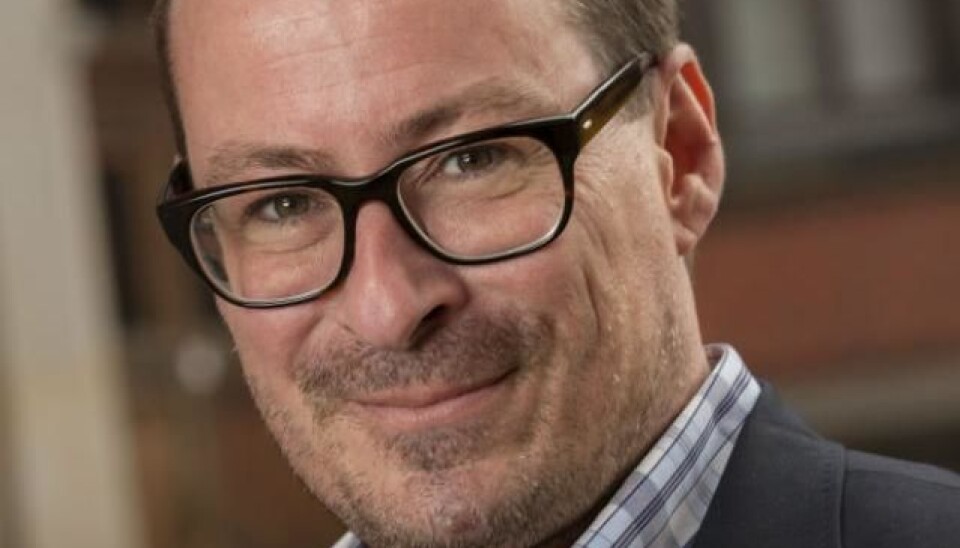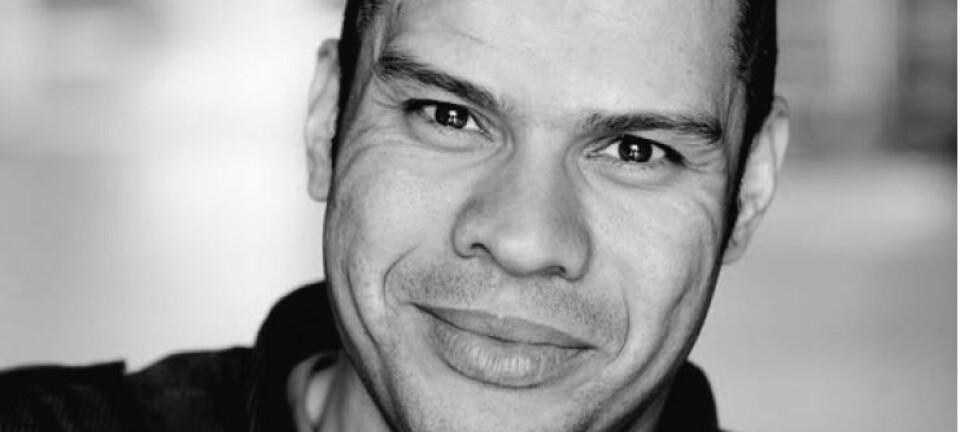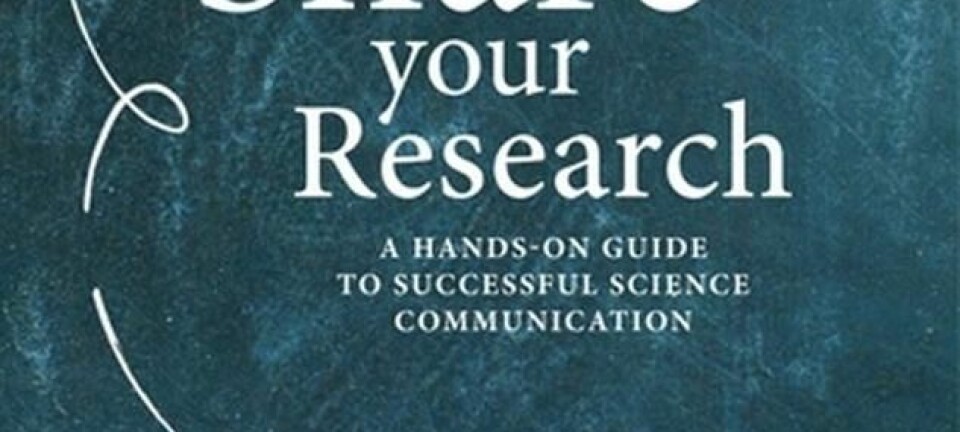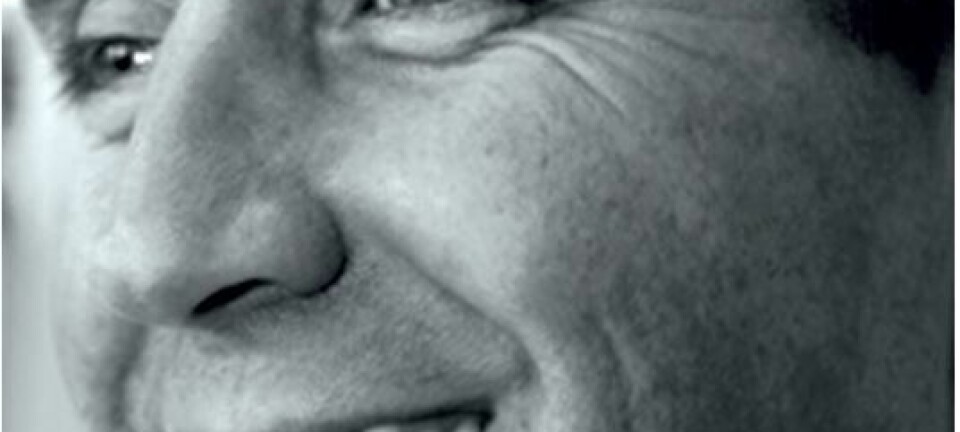
Professor: ‘Focus on the broader issues when you communicate’
How do you get science out of its ivory tower? A Q&A with world-famous evolutionary biologist Eske Willerslev.
Adventurer and DNA research pioneer Professor Eske Willerslev became known internationally when he led a team of scientists who demonstrated that humans lived 14,000 years ago in what is now the USA – a finding that caused a stir when it was published in the prestigious journal Science.
The professor spent several years as a fur trapper in Siberia with his brother Rane Willerslev. Afterwards, the pair returned to Denmark where they studied to become scientists.
Today, Willerslev is the director of the Centre of Excellence in GeoGenetics at the National History Museum of Denmark, which is housed at the University of Copenhagen. ScienceNordic met him for a talk on science communication.
ScienceNordic: How did you start communicating your research to the public?
Willerslev: “It started while I was working on my dissertation. Back then it was difficult to get your message out to the public. It helped when I started mixing in my past as a fur trapper -- they just lapped it up. There wasn’t much research communication going on at the time, mainly entertainment programmes with frivolous stories on morning TV and the like. They wanted me to appear in the studio as a fur trapper, but I made it a condition that I also got to talk about my research. Tit for tat.”
When you communicate, do you think about how your research colleagues will react to what you’re saying?
“Yes, I’m sure there will always be someone who thinks it’s a little bit too simple. But that’s one of the central issues in communicating. Research and research communication are two different things -- and that’s something that some of my colleagues tend to misunderstand. When you communicate, you need to focus on the general aspects, not the detail. I think about it, but I’m not affected by it.”
How do you know when to compromise on precision to spice up your communication and when to be strictly scientific?
“It’s always a judgement call: It depends on what type of publication it is and who its target audience is -- and how much time you get. If it’s for a news programme or an interview on commercial TV, you’ll have 30 seconds. Here, it is impossible to be strictly scientific and go into great detail, so you should narrow your focus to cover two or three key points. On the other hand, you have programmes like talk radio or the equivalent on TV where you’re given more time, so you can include a bit more explanation. Here, I can focus more on the scientific details, but I still need to think carefully about what to include and what to leave out.”
What are your best communication tips for other scientists?
“To distinguish clearly between research and research communication. Try to see the big picture and the implications of your findings, rather than focusing on the study itself and all the associated caveats and nuances. It is important to get the overall importance across -- to put things into perspective, even though the full implications and significance of your discovery might not become entirely clear until years later.”
What do you, personally, get out of communicating?
“Firstly, there’s the joy of sharing my research with other scientists in my field, and maybe this will make them want to collaborate with me. That’s the professional benefit.
Then there’s the joy of seeing that ordinary people find the work that I have spent a lot of time on exciting, important, and interesting. It’s a very positive thing to meet people in the street who tell me that they find my work interesting. Ordinary people showing appreciation for my research -- that’s generally a really positive thing.
However, I also see communication as a necessity. Scientific research has been stuck in an ivory tower for many years, and ordinary people have been finding it difficult to see what all the funding was spent on. If we researchers want public and political support, there’s no way around it: we simply have to communicate.”
----------
Read the original story in Danish on Videnskab.dk
Translated by: Dann Vinther








